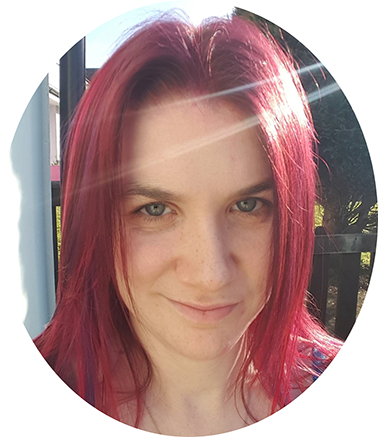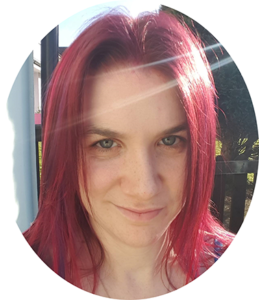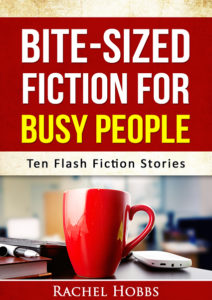
Guest post: Rachel Hobbs
Rachel Hobbs, Today’s guest.
 Rachel is the author of e-books Bite-Sized Fiction For Busy People and up-and-coming Tall Tales For Humdrum Days.
Rachel is the author of e-books Bite-Sized Fiction For Busy People and up-and-coming Tall Tales For Humdrum Days.
During the day, Rachel works as a full-time dental nurse at a small local practice in a little Welsh village in South West Wales.
In her spare time, Rachel writes, and she uses Scrivener!
Before Scrivener, Rachel, what did you use?
Before I stumbled across Scrivener, I used Word.
There’s nothing wrong with Word; it gets the job done. You can type into a blank space and save the end result. But I didn’t know any better and so, for years, I navigated through the chaotic tangle of documents that were my writing projects.
I had the same problem. Nightmare!
Then you discovered Scrivener?
Yes … and when I discovered Scrivener, everything changed. It’s intimidating at first. You work your way through its tutorial, and only then you begin to comprehend just how much this programme can really do. But the only way to learn is to take a chance and get stuck in, and I’m so glad I did. I haven’t looked back since!
What projects do you use Scrivener for?
These days, I use Scrivener for everything: my short stories, flash fiction collections, novels, blog posts… you name it.
Busy lady!
How did Scrivener change how you write?
The binder was the real game changer, for me. I went from having lots of loose, individual documents on my laptop to having one main file per project. I like to think of the binder as the spine, where each individual page is attached. However, unlike your average book, the binder gives you the advantage of seeing all your pages at the same time. You can also rearrange the contents to your heart’s content.
Do you have a favourite Scrivener feature?
What I’m finding especially useful at the moment is the split screen feature. This allows me to have the story I’m working on in the bottom half and an image in the top half. Images are great sources of inspiration, especially when it comes to writing fiction.
Interesting! I split mine vertically. How clever of Scrivener to provide both options.
How long do you think it takes to learn how to use Scrivener?
To be honest, I’m still finding all kinds of fresh new features that I had no idea existed. I’m by no means an expert, so I expect I’ll still be discovering them a year from now, too!
What books have you written using Scrivener?
 My flash fiction collection, Bite-Size Fiction For Busy People was written entirely with Scrivener.
My flash fiction collection, Bite-Size Fiction For Busy People was written entirely with Scrivener.
It was a fun project and a joy to write. Each flash fiction story is between one and five hundred words, with every individual story designed as a brief moment of escape within the day’s relentless rush.
The personalised word counting tool in the bottom right kept me on track for each one and made sure I really stuck to my targets. You can’t afford to ramble with flash fiction!
Do you have plans to write more books using Scrivener?
Currently, I’m revising my début fantasy novel, Crimson Touch. When I wrote the first draft many years ago, I used a basic word programme. This time around, it gets the Scrivener treatment. As a direct result, my organisation skills are much improved.
In what way does Scrivener make you feel more organised?
Each chapter is given its own folder and, within each folder, every point of view character gets their own file. All files and folders are assigned their own colour-coded icon representing the status of the work inside. For example, first draft, revised draft, final draft and so on. Now, at a glance, I can see which chapters need the most work and which are closest to being done. I could go on and on about my favourite Scrivener features, but this one sticks out in my mind as being especially useful for novel writing.
Keen to learn more about Rachel and her writing projects?
You can find out more about Rachel and keep up to date with all her latest news on her website where she also maintains a bi-weekly blog on writing tips and advice.
Rachel’s flash fiction collection, Bite-Size Fiction For Busy People can be downloaded for free on Amazon, iBooks, Kobo and Lulu.
If you write using Scrivener and would like to have a guest blog, contact me!
The ScrivenerVirgin blog is a journey of discovery:
a step-by-step exploration of how Scrivener can change how a writer writes.
To subscribe to this blog, click here.
Also … check out the Scrivener Tips
on my ScrivenerVirgin Facebook page.


No Comments